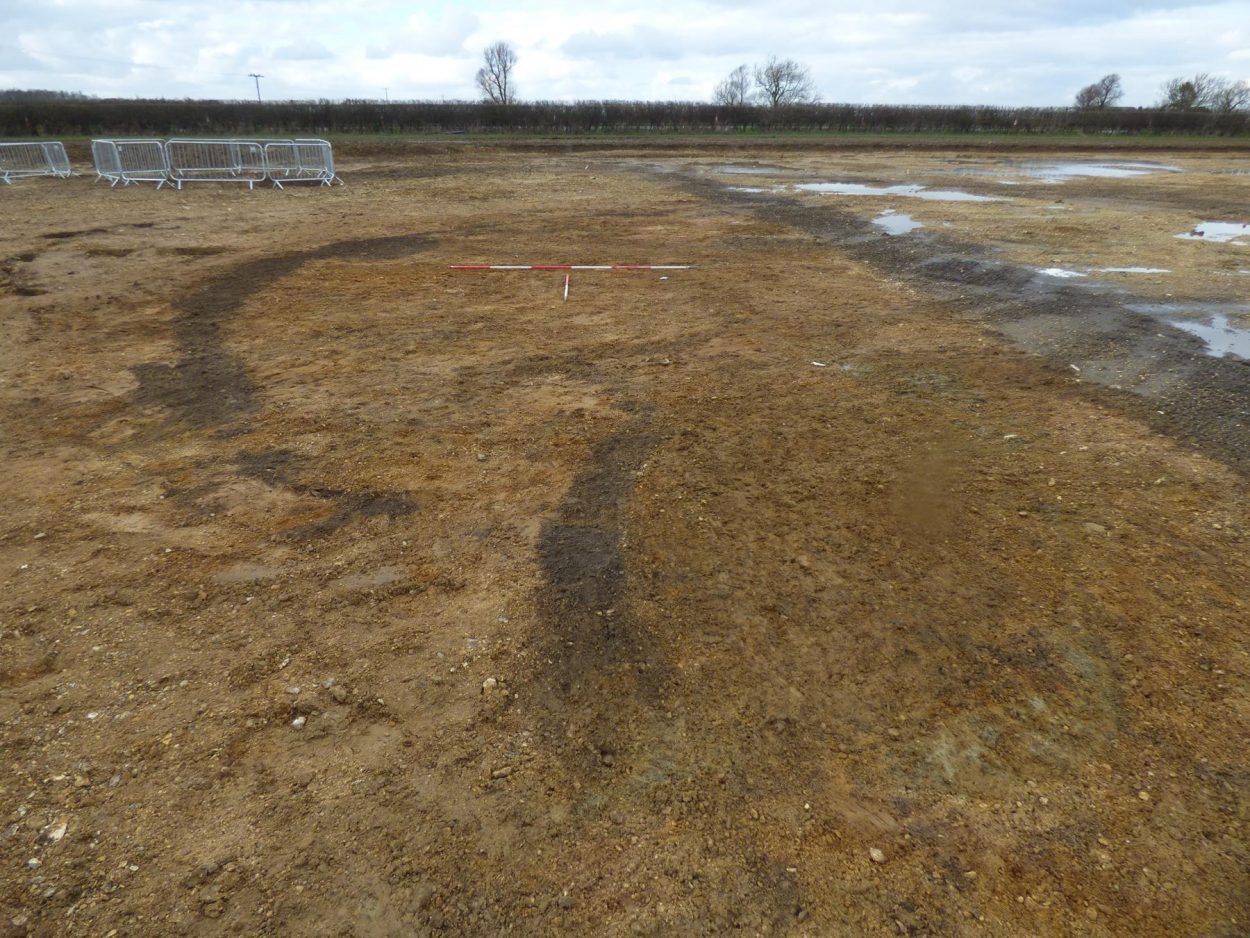Archaeologists from MOLA Headland Infrastructure have discovered more than 8,000 amphibian bones near an Iron Age roundhouse at Bar Hill in Cambridgeshire, England.
Excavations were part of a road improvement scheme, where researchers unearthed almost 700kg of animal bones consisting of domestic animals, in addition to a high number of frog and toad bones that represents at least 350 individual amphibians.
The bones were found in a 14-metre-long ditch defining the western side of a roundhouse, in use during the Middle and Late Iron Age (400 BC-AD 43).
Whilst finding frog bones during archaeological excavations isn’t unusual, the sheer quantity of remains, all concentrated in one single place is an enigma, especially when its highly unlikely that the Iron Age inhabitants would have consumed them to support their diet, evidenced by the lack of cuts or burn marks left by cooking.
However, the possibility that these frogs were being consumed cannot be completely discounted. For example, if the frogs were boiled this may not have left traces on the bones. There are also no visible signs that this concentration of frog remains was caused by birds or small mammals eating them. If that was the case, the bones would show teeth marks or signs of digestion.

If the Bar Hill frogs weren’t prey, could they have been predators attracted to this specific spot by the promise of food? Archaeologists found charred grain not far away from the roundhouse where the frog bones were discovered. It appears the people living at the settlement were processing crops here, an activity bound to attract pests. These may have included beetles and aphids which frogs are known to eat. Their presence might explain, at least in part, why so many frogs were found – and later died – in the vicinity.
There are, however, other potential explanations – including the possibility of a prehistoric frog tragedy. Frogs are known to move in large numbers in spring in search of breeding waters. Those found at Bar Hill could have fallen into the ditch of the roundhouse during this migration and were then unable to climb out.
The unusual death toll might have also been caused by winter hardship. Hibernating frogs sometimes hide in the mud at the bottom of ponds and ditches. While they normally emerge again in spring, extreme cold can occasionally kill them. This fate may have befallen some of the frogs at Bar Hill during a particularly cold winter. Alternatively, the unusual mortality might have been caused by a disease. In the 1980s, UK frogs were heavily affected by a Ranavirus. A similar disease might have had devastating effects on the amphibian population at Bar Hill.
Dr Vicki Ewens, Senior Archaeozoologist at MOLA, theorises: “This is a puzzling and unexpected find, which we are still trying to fully understand. This accumulation of frog remains may have been caused by a number of different factors, possibly interacting over a long period of time. We just aren’t sure yet what these were!”
MOLA (Museum of London Archaeology)
Header Image Credit : MOLA (Museum of London Archaeology) – Andy Chopping





